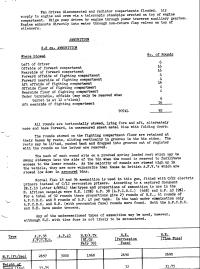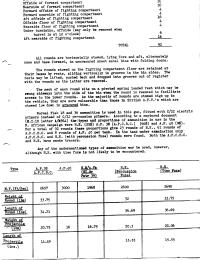|
Get
to know your VMMV staff & vehicles
In this section we introduce you to the people and armor of
the Virginia Museum of Military Vehicles. We will chat with
the VMMV staff, so that you can get to know the people who "keep
'em running" and work so hard behind the scenes. And also
provide a behind-the-scenes look into the history of individual
vehicles in the VMMV collection. In this, our 22nd newsletter,
we highlight a little-known Soviet armored fighting vehicle,
the PT-76 amphibious light tank.
Because
wartime pressures forced the Red Army to drop an amphibious
capability from their scout vehicles, they were keen to have
this feature added back in to the first-generation of post-war
reconnaissance assets. Around 1947, four Soviet design teams
were given the task of coming up with a vehicle that would form
the basis for a family of light armored vehicles.
The
winning design team, led by N. Shashmurin, featured a unique
hydrojet system for propulsion in water, whereas the other designs
used a more conventional propeller layout. In 1950, after further
testing, the prototype was accepted and formally designated
PT-76 Amphibious Tank-76mm Gun.
Due
to the amphibious requirement, the PT-76’s hull is unusually
large to give it added buoyancy. If you look at our vehicle
from certain angles, the hull has a vaguely boat-like quality
to it, and at the rear are two exits for the hydrojets….all
a legacy of the original amphibious design requirement.
The
PT-76 holds several unique spots in the Vietnam War’s history….it
was used by NVA forces to overrun a US Special Forces camp at
Lang Vei during the night of 6-7 February, 1968. In addition,
the PT-76 was used by the same NVA armor regiment in the only
tank-on-tank combat with US armored forces during the conflict,
at Ben Het on 3 March 1969. Lastly, the PT-76 has the honor
of being the first tank to be destroyed by a US TOW antitank
guided missile in combat, when, on 9 May 1972, three PT-76s
were killed at Ben Het.
Our
particular PT-76 was built some time during the era of the Soviet
Union, although we do not know which factory or when it was
produced. The vehicle was then sent to East Germany to be manned
by East Germans as part of their National VolksArmee.
After
the fall of the Berlin Wall, VMMV acquired our PT-76 in the
mid-90s. Upon inspection, we noticed several unique features
in that many of the markings inside the turret and driver’s
compartment are a mish-mash of Russian Cyrillic writing and
German….so the crew of these vehicles needed to be fluent
in two languages just to fight.
We
have painted our PT-76 in the colors and insignia of a Ministerstvo
Vnutrennikh Del (MVD)—Ministry of Internal Affairs—unit
serving in the First Chechen War from 1994 – 1996, the
last time the PT-76 saw active combat service, thus capping
nearly 50 years of service. Stop and take a look at VMMV’s
newest renovated vehicle and one of the longest-serving armored
fighting vehicles in tank history. Over 5,000 PT-76s were built,
many of them are still in front-line use in some of the 25 countries
to which they were exported.

|















